Perched on a peninsula jutting into the shimmering waters of Lake Trasimeno sits one of Italy’s most charming hidden gems. Castiglione del Lago captivated me from the moment I first glimpsed its medieval walls rising above Umbria’s fourth-largest lake.
This picturesque town offers the perfect blend of history, natural beauty, and authentic Italian culture without the crowds you’ll find in more famous Tuscan destinations.
I spent a magical weekend wandering Castiglione’s narrow cobblestone streets, exploring the impressive Rocca del Leone fortress, and enjoying fresh lake fish at waterfront restaurants. The town’s strategic position on a peninsula gives it commanding views in nearly every direction—azure waters on three sides and rolling Umbrian hills dotted with olive groves and vineyards on the fourth.
What makes this medieval village truly special is how it feels both timeless and alive. While tourists snap photos of the panoramic lake views, locals go about their daily routines in the town’s sun-drenched piazzas.
My mornings began with cappuccinos alongside fishermen returning with their catch, and evenings ended watching spectacular sunsets paint the lake in golden hues. Castiglione del Lago isn’t just a place to visit—it’s somewhere to experience life as Italians do.
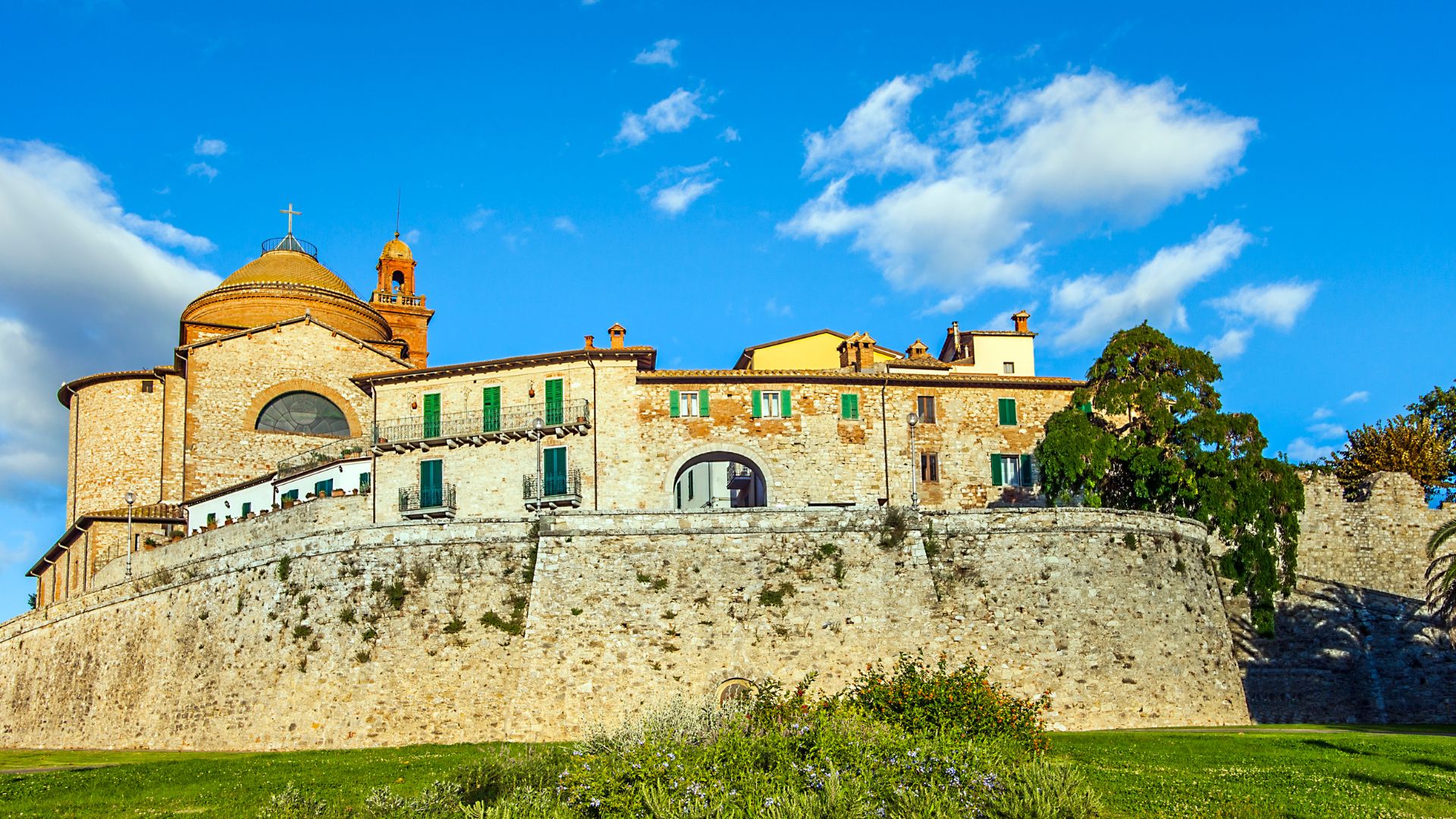
The Historical Tapestry of Castiglione del Lago
Castiglione del Lago’s history runs deep through the centuries, transforming from a strategic medieval outpost to a Renaissance gem. The town’s remarkable past is visible in its preserved architecture and cultural heritage that continues to enchant visitors today.
Medieval Beginnings and the Rocca del Leone
The story of Castiglione del Lago begins in the early Middle Ages when it was known as “Insula Pulvensim” and belonged to Perugia. Walking through town, I’m always struck by how the medieval layout remains beautifully intact after all these centuries.
The crown jewel of this period is undoubtedly the Rocca del Leone (Lion’s Fortress), one of the most impressive military structures in Umbria. This pentagonal fortress was built to protect the strategic position overlooking Lake Trasimeno.
When I visit the fortress, I’m transported back to a time of knights and sieges. The massive stone walls and watchtowers offer breathtaking views of the lake and surrounding countryside. You can walk the entire perimeter along the ramparts, imagining sentries scanning the horizon for approaching enemies.
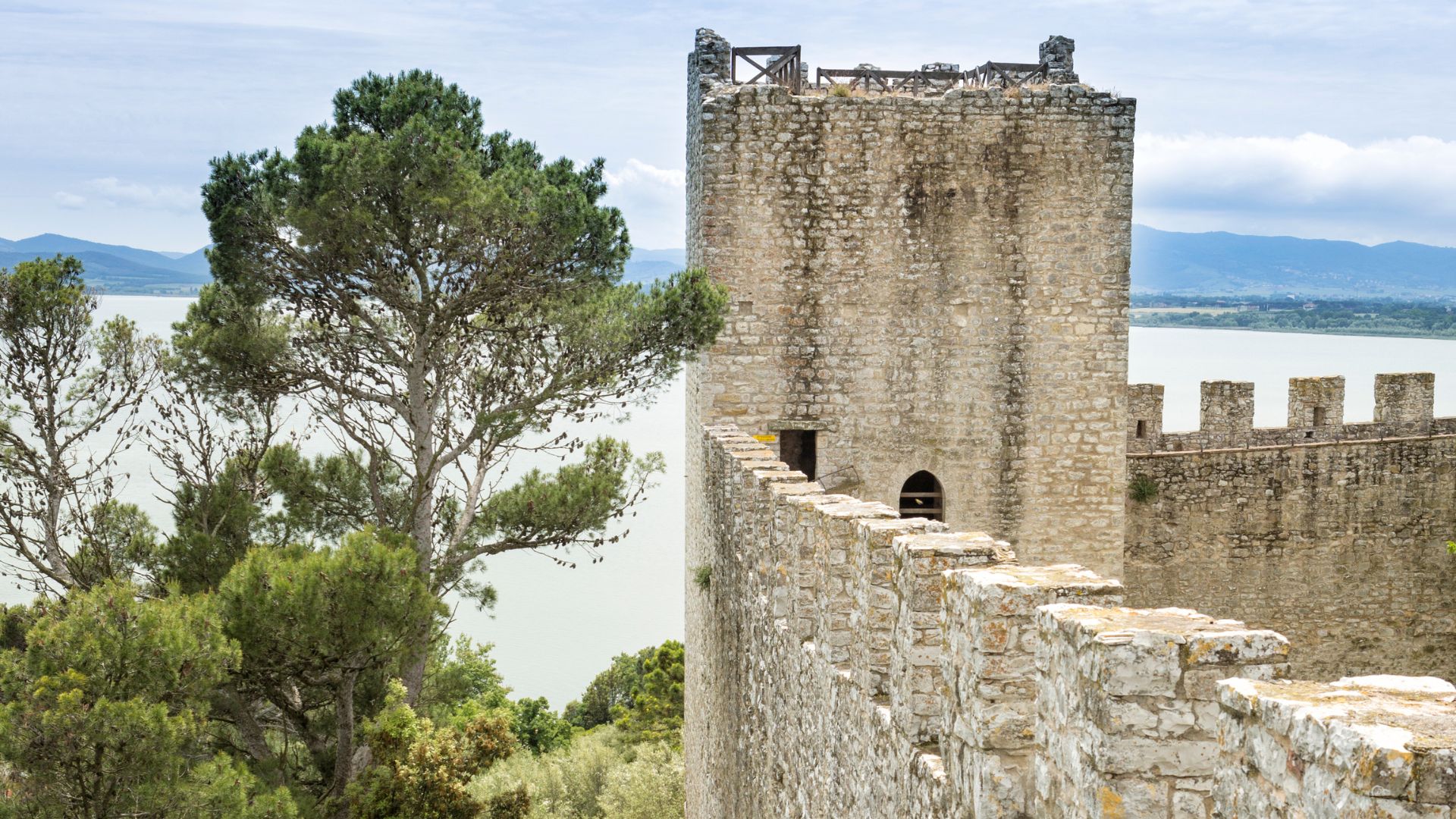
Renaissance Flourishing and the Ducal Palace
During the Renaissance, Castiglione del Lago experienced a cultural and architectural transformation. The powerful della Corgna family brought new prosperity to the town in the 16th century.
The magnificent Ducal Palace (Palazzo della Corgna) stands as a testament to this golden age. I’m always amazed by the incredible frescoes inside, depicting mythological scenes and historic battles. These artworks were created by renowned painters of the period and showcase the wealth and cultural sophistication of the town’s rulers.
The palace connects directly to the fortress via an elevated passageway, creating a unified defensive and residential complex. This clever design allowed the duke to move between his luxurious residence and the military stronghold without exposing himself to danger.
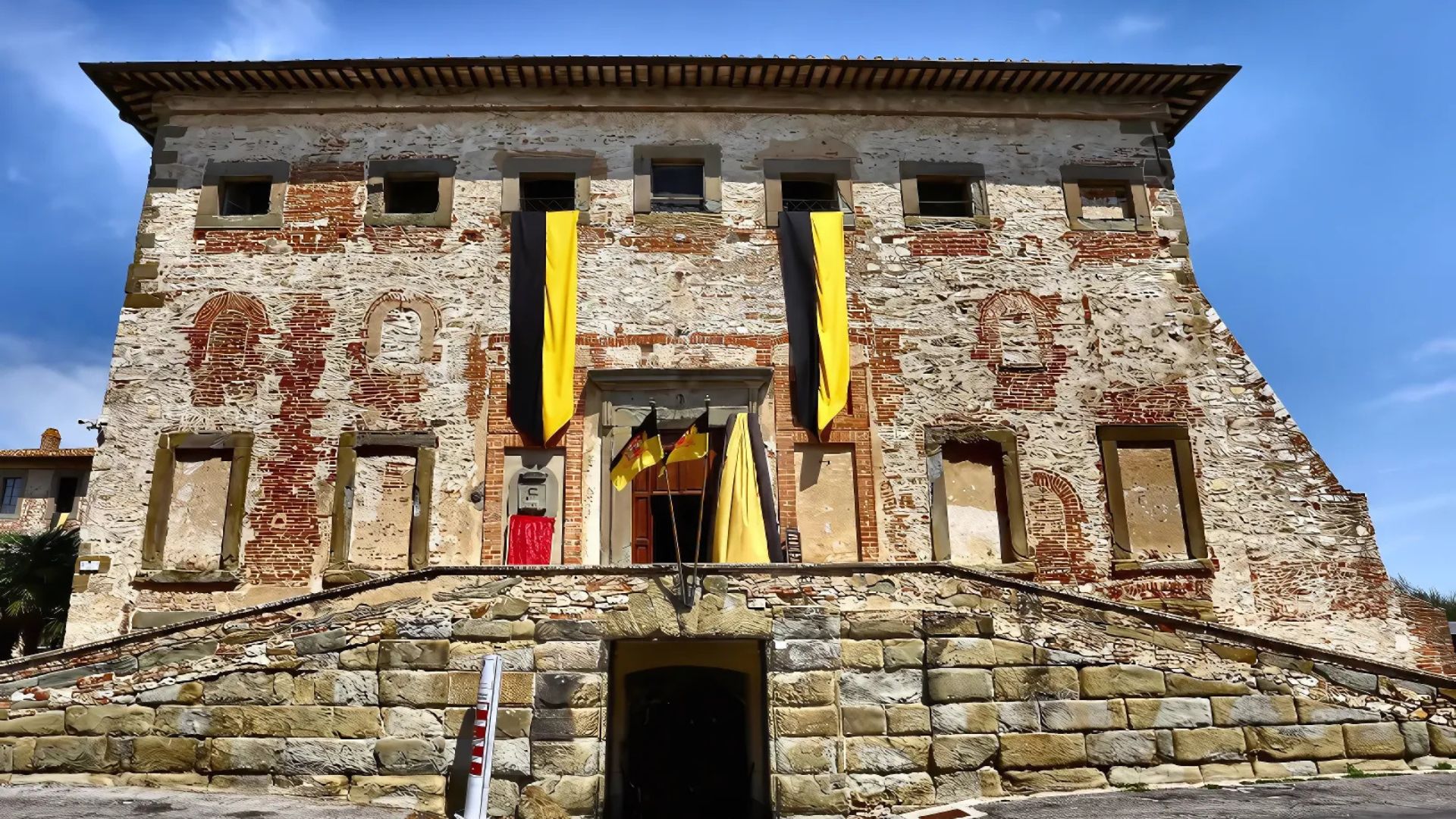
Coat of Arms and the XIIITH Century Legacy
The 13th century marked a defining period for Castiglione del Lago’s identity. The town’s distinctive coat of arms reflects this rich heritage, featuring elements that symbolize both its strategic importance and natural surroundings.
I’ve noticed the coat of arms displayed prominently throughout the old town. It tells the story of Castiglione’s position as a frontier between competing powers—Florence, Perugia, and the Papal States.
During this century, the town’s defenses were significantly strengthened. The medieval walls that partially survive today date from this period of military fortification. As I walk along these ancient stone barriers, I can’t help but feel connected to the countless generations who lived and died protecting this beautiful peninsula jutting into Lake Trasimeno.
Exploring the Gems of Lake Trasimeno
Lake Trasimeno offers incredible treasures beyond Castiglione del Lago that deserve exploration. The lake’s three islands and surrounding shores each provide unique experiences that showcase the natural beauty and rich history of Umbria.
Isola Maggiore: A Step Back in Time
I recommend taking a ferry from Tuoro sul Trasimeno to reach Isola Maggiore, the only inhabited island on the lake. Walking through its narrow medieval streets feels like traveling back centuries. The island is famous for its connection to St. Francis, who spent 40 days here in spiritual retreat in 1211.
Don’t miss the 14th-century Church of San Michele Arcangelo with its beautiful frescoes. The island is also known for its traditional lace-making, a craft dating back to the 1800s. You can visit the Lace Museum to see intricate pieces created by local artisans.
The entire island can be explored on foot in a few hours. I suggest stopping at one of the small restaurants near the harbor for fresh lake fish dishes like carpa in porchetta (carp with herbs).
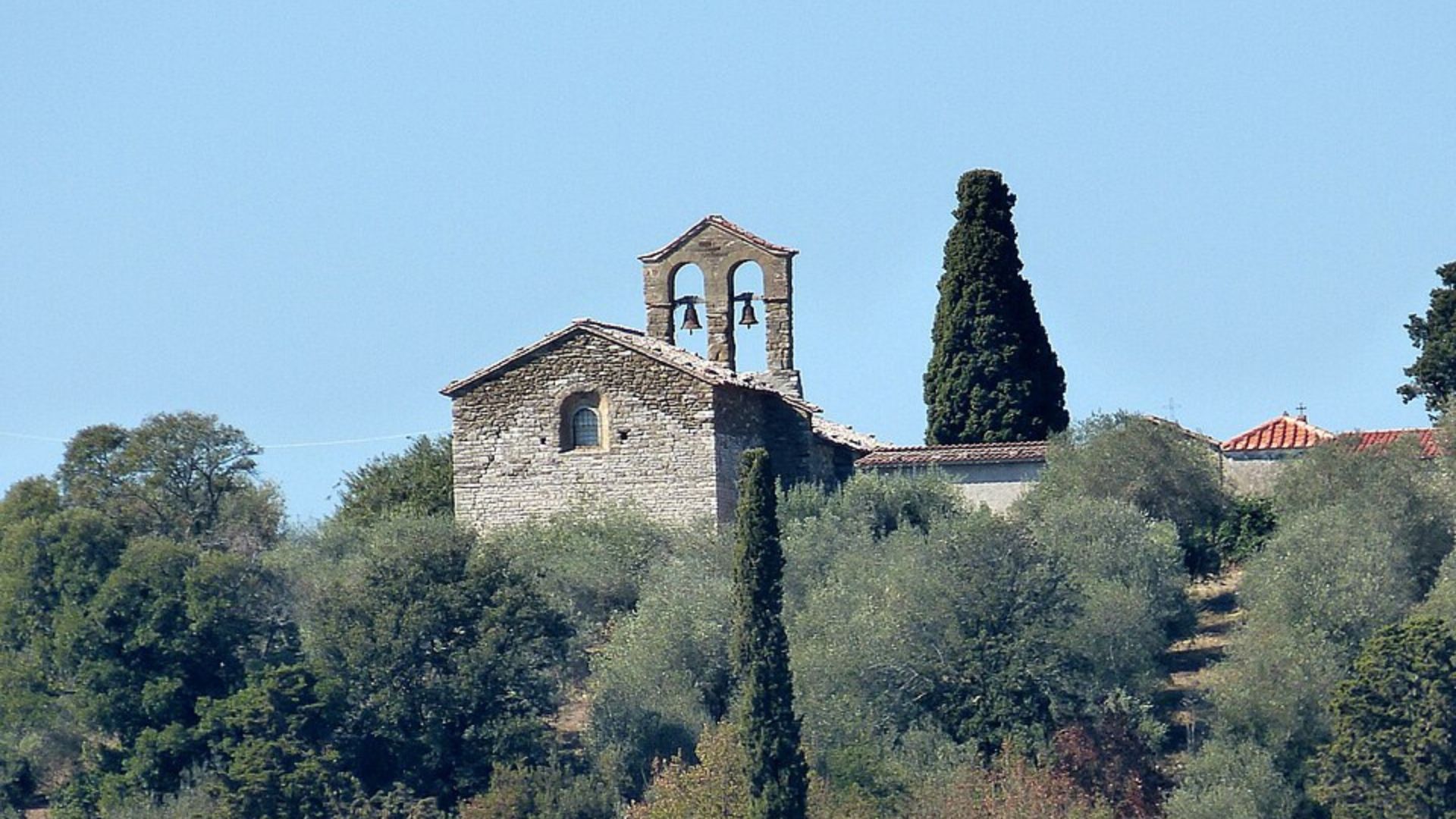
Isola Polvese: Nature and History Intertwined
The largest island on Lake Trasimeno, Isola Polvese, serves as a scientific and educational park today. I was amazed by its rich biodiversity and historical ruins during my visit.
Key sites include:
- The 14th-century Castle ruins
- San Secondo Monastery
- A fascinating water garden (Giardino delle Piante Acquatiche)
- Olive groves dating back centuries
The island boasts well-maintained walking paths through Mediterranean vegetation. Birdwatchers will appreciate the diverse species that call the island home, especially during migration seasons.
I recommend bringing comfortable shoes and spending at least half a day exploring. The scientific center offers guided tours that explain the island’s ecological importance.
Water Activities and Panoramic Views
Lake Trasimeno provides endless opportunities for water enthusiasts. I’ve rented kayaks from Passignano sul Trasimeno to explore the shoreline at my own pace, which offers unique perspectives of the medieval towns.
Sailing is particularly popular, with several schools offering lessons for beginners. The gentle winds make this lake perfect for learning.
For panoramic views, I recommend hiking the trail between Passignano and Monte del Lago. This 7 km path is rewarded with breathtaking vistas across the entire lake.
Sunset boat tours depart regularly from most lakeside towns. Nothing compares to watching the sun sink behind the hills while drifting on the calm waters with a glass of local Trasimeno wine in hand.
The Arts and Culture of a Renaissance Town
Castiglione del Lago’s artistic heritage is deeply rooted in its Renaissance past, with stunning frescoes and lively cultural traditions that continue to this day. The town’s creative spirit is evident in both its historical structures and vibrant community events.
Palazzo della Corgna: A Cultural Hub
Walking through Palazzo della Corgna feels like stepping into a Renaissance art gallery. I was amazed by the stunning frescoes painted by Niccolò Circignani (known as “Il Pomarancio”) that cover the walls and ceilings.
These works tell stories from mythology and history, showcasing scenes from the Aeneid and tales of Hannibal’s victories. The attention to detail is incredible – look for the ceiling decorations that create optical illusions!
The palazzo functions as both a museum and a cultural center today. I spotted locals gathering for art exhibitions, classical music concerts, and literary events throughout the year. The building itself represents the artistic patronage of the della Corgna family, who transformed this town into a Renaissance jewel.

Cultural Heritage Through Festivals and Events
The spirit of Renaissance Castiglione comes alive during its traditional festivals. My favorite is the Coloriamo i Cieli (Let’s Color the Skies) kite festival held each spring, which fills the lakeside with colorful displays and international participants.
Another must-see is the Palio del Chigi, a historical reenactment with period costumes, flag-throwers, and traditional games. The townspeople participate with incredible enthusiasm, preserving centuries-old traditions.
The town also hosts:
- Summer jazz concerts in the piazzas
- The Trasimeno Blues Festival
- Seasonal food festivals celebrating local products
These events aren’t just tourist attractions but living expressions of Castiglione’s cultural identity. I’ve found that timing your visit to coincide with one of these festivals provides a deeper connection to the town’s Renaissance roots.
Travel Tips for the Modern-Day Explorer
Planning your visit to Castiglione del Lago requires some insider knowledge to make the most of this peninsula town. I’ve gathered essential tips from my experiences to help you navigate accommodations, dining, and transportation options around Lake Trasimeno.
Accommodations and Local Cuisine
I’ve found that booking accommodations in advance is crucial, especially during summer months when tourism peaks. The town offers a range of options from charming B&Bs within the historic center to agriturismo farmhouses in the surrounding countryside.
For an authentic stay, I recommend looking for properties with lake views or those housed in historic buildings. Many offer breakfast featuring local products that introduce you to Umbrian flavors.
Speaking of food, don’t miss trying the lake fish specialties! Perch, pike, and tench are local favorites prepared in traditional ways. The region’s olive oil and wines, particularly from the Colli del Trasimeno DOC, perfectly complement these dishes.
My favorite dining spots include the small family-run trattorias along the narrow streets where locals gather. Prices are generally reasonable compared to more touristy Italian destinations.
Navigating Around: Ferries and Byways
The ferry system on Lake Trasimeno is a highlight of visiting this region. Regular boats connect Castiglione del Lago with the lake’s three islands and other shoreline towns like Passignano.
I recommend checking the seasonal ferry schedule at the main dock, as services increase during summer and decrease in winter. A day pass offers good value if you plan to make multiple stops.
For land exploration, renting a bicycle is ideal for exploring the lakeside paths and nearby vineyards. The flat terrain makes for easy cycling even for casual riders.
If driving, the A1 motorway provides easy access to Castiglione del Lago from Florence (1.5 hours) or Rome (2 hours). Free parking is available outside the town walls, as the historic center is mostly pedestrianized.
Public buses connect to nearby towns, but service can be limited on weekends and holidays. I always download transportation apps and save timetables before arriving.

The Surrounding Splendor: Day Trips and Neighboring Towns
Castiglione del Lago makes a perfect base for exploring the rich tapestry of towns and cities that surround Lake Trasimeno. Within a short drive, you’ll find everything from ancient hilltop villages to world-renowned art cities.
The Enchantment of Perugia and Assisi
Perugia, the capital of Umbria, is just 40 minutes from Castiglione and offers a delightful mix of history and modern energy. I love wandering through its medieval center, where elegant palazzos and the stunning Piazza IV Novembre create a magical atmosphere.
The Collegio del Cambio, with its Perugino frescoes, is a must-see for art lovers. During October, the city transforms with the Eurochocolate festival – heaven for sweet-toothed travelers like me!
Assisi sits majestically on the slopes of Mount Subasio, about an hour away. This spiritual town, birthplace of St. Francis, welcomes pilgrims and tourists alike. The Basilica of St. Francis houses incredible Giotto frescoes that take my breath away every time.
Don’t miss Passignano sul Trasimeno, just 20 minutes along the lake’s shore. This charming lakeside town offers lovely beaches and excellent seafood restaurants with views that capture the lake’s serene beauty.
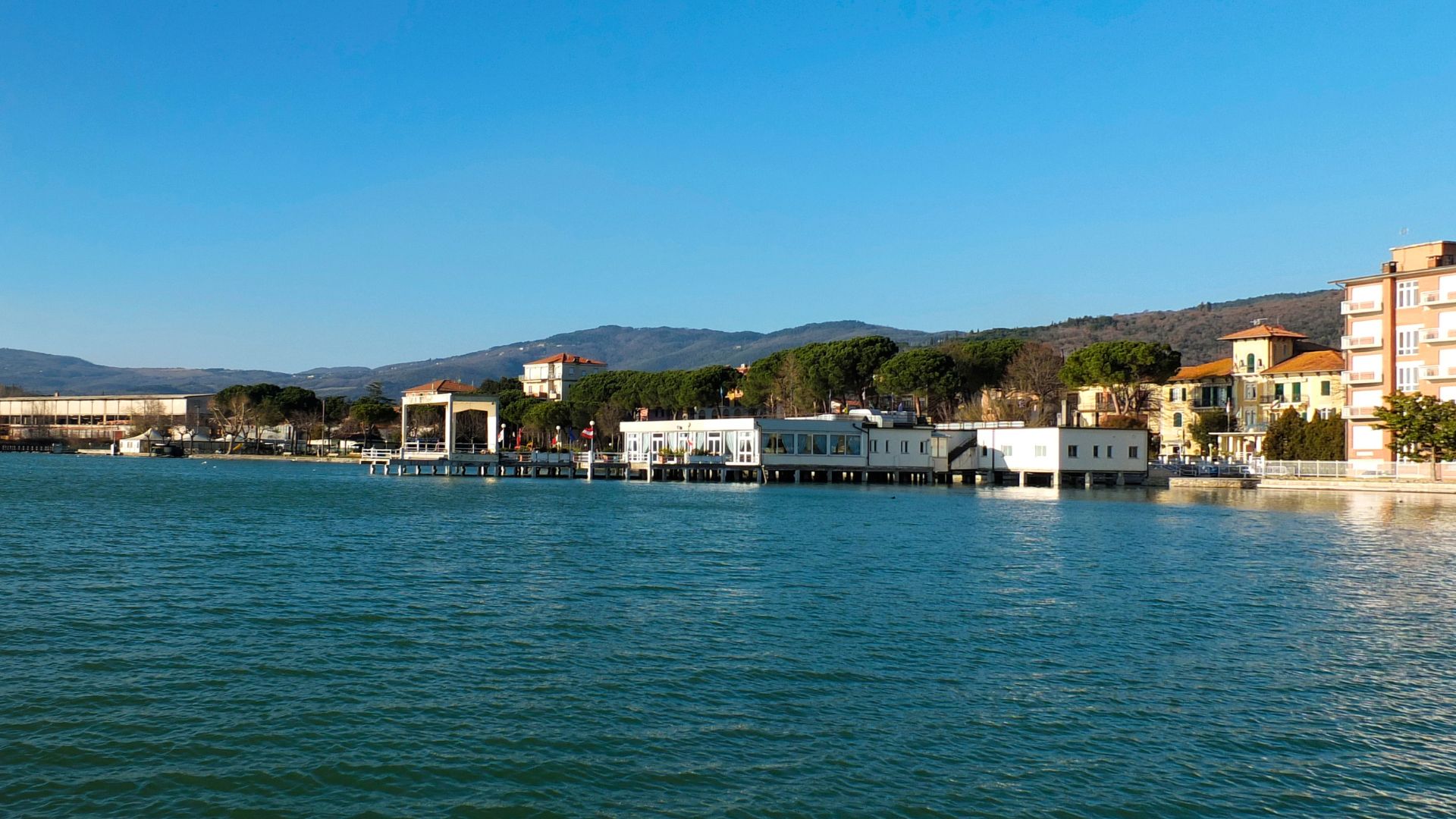
Tuscan Treasures: Siena and Val di Chiana
Cross into Tuscany, and within an hour you’ll reach magnificent Siena. The shell-shaped Piazza del Campo hosts the famous Palio horse race twice yearly. But even on quiet days, it pulses with history.
I recommend climbing the Torre del Mangia for breathtaking views of the city and countryside. Siena’s Duomo stands as one of Italy’s most striking cathedrals with its distinctive black and white marble.
The Val di Chiana valley stretches nearby with rolling hills dotted with cypress trees and vineyards. Città della Pieve, birthplace of Perugino, sits on the Umbrian edge of this valley. It’s just 20 minutes from Castiglione.
This charming town’s narrow streets hold unexpected treasures, including Perugino’s “Adoration of the Magi” in a tiny oratory. The saffron produced here flavors many local dishes that I’ve grown to love.

Beyond the Horizon: Rome and Florence
For ambitious day-trippers, both Rome and Florence lie within reach. Rome is about 2 hours by train from nearby Terontola station. I find it remarkable that the Eternal City‘s treasures—the Colosseum, Vatican, and Trevi Fountain—can be experienced on a day trip.
Florence, the cradle of the Renaissance, sits just 90 minutes away. The Uffizi Gallery houses masterpieces by Botticelli, Michelangelo, and Leonardo da Vinci. These still amaze me after multiple visits.
I recommend booking museum tickets online before visiting either city. With limited time, you can soak in the atmosphere of these iconic destinations before returning to Castiglione’s peaceful lakeside setting.
Both cities deserve longer stays, but a taste of their splendor makes for an unforgettable day trip from your Lake Trasimeno base.


